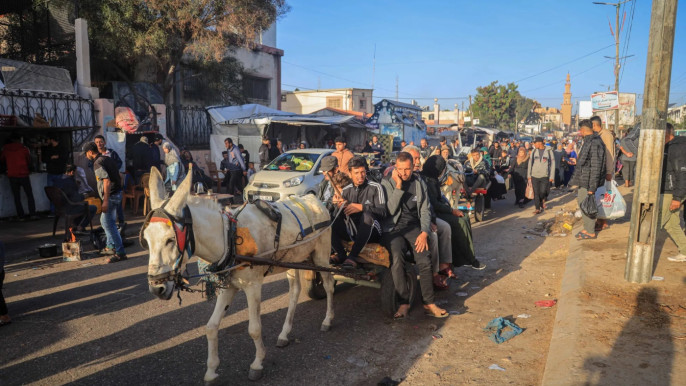
How humanitarian corridors can become backdoors to terror
Humanitarian corridors are born of international law and moral urgency. In theory, they are neutral spaces carved out of conflict zones to facilitate the movement of aid and protect non-combatants.
In practice, however, these corridors often become vectors of militarisation and strategic manipulation — especially when oversight is weak, neutrality is compromised, or geopolitical rivalries override humanitarian imperatives.
Pakistan and the Afghan Jihad
The Soviet-Afghan War laid the foundation for the long-term weaponisation of refugee flows. Initially, the corridor through Pakistan served a Cold War agenda — funneling arms, funds, and fighters to the Mujahideen under CIA and Saudi patronage. But the infrastructure built to support “freedom fighters” lacked any civilian governance, leading to the rise of extremist factions like the Taliban and Haqqani Network.
These groups thrived in refugee camps that became recruitment and indoctrination centers, dragging Pakistan into a decades-long spiral of militancy and regional destabilisation. What was billed as a humanitarian pipeline turned into a geopolitical time bomb.
Syria-Türkiye: The war economy of displacement
As millions of Syrians fled Assad’s barrel bombs and chemical attacks, humanitarian corridors facilitated their movement into Turkish territory. But the porousness of these pathways — and the lack of unified, international management — allowed ISIS and other jihadist outfits to exploit them. Fighters, money, and weapons flowed in both directions. Border towns in Türkiye became hubs for black-market weapons, radical preachers, and sleeper cells, culminating in horrific terror attacks in Ankara, Istanbul, and Gaziantep.
Here again, a humanitarian infrastructure was hijacked by militant networks, turning refugee flows into national security threats.
Gaza: Starvation as strategy
In the context of Gaza, the idea of a humanitarian corridor has been turned on its head. Far from being a neutral space, designated “safe zones” have become targets. The bombing of Rafah, the blocking of aid through the Kerem Shalom crossing, and the manipulation of the so-called “humanitarian zone” as a tactical ruse reveal a darker transformation — from misuse to outright weaponisation of humanitarian infrastructure.
Israel’s strategic calculus has increasingly relied on siege tactics that deliberately blur the line between civilian and combatant, rendering humanitarian corridors not just ineffective but complicit in war crimes. This case presents the gravest ethical failure: when the concept of a corridor is co-opted into a tool of collective punishment.
Darfur and Tigray: Rebel logistics in the guise of relief
In Sudan’s Darfur region and Ethiopia’s Tigray conflict, we observe how both state and non-state actors use aid corridors not just to survive but to strategically reposition. Rebel groups have hijacked food convoys, used aid trucks to smuggle arms, and diverted international resources to feed their fighters.
The absence of third-party monitoring, combined with terrain that is difficult to access and governments that are either complicit or indifferent, enables this form of humanitarian parasitism. What begins as a gesture of mercy ends up prolonging violence and feeding insurgency.
Success Stories
That said, not all corridors have failed. During the Bosnian War, UN-operated land and air corridors into Sarajevo saved thousands despite occasional attacks on convoys. More recently, the Ukraine grain corridor brokered by the UN and Turkey facilitated the export of millions of tonnes of food, helping stave off famine in parts of Africa and the Middle East.
These instances show the key success factors: third-party neutrality, well-defined timelines, and robust international monitoring.





